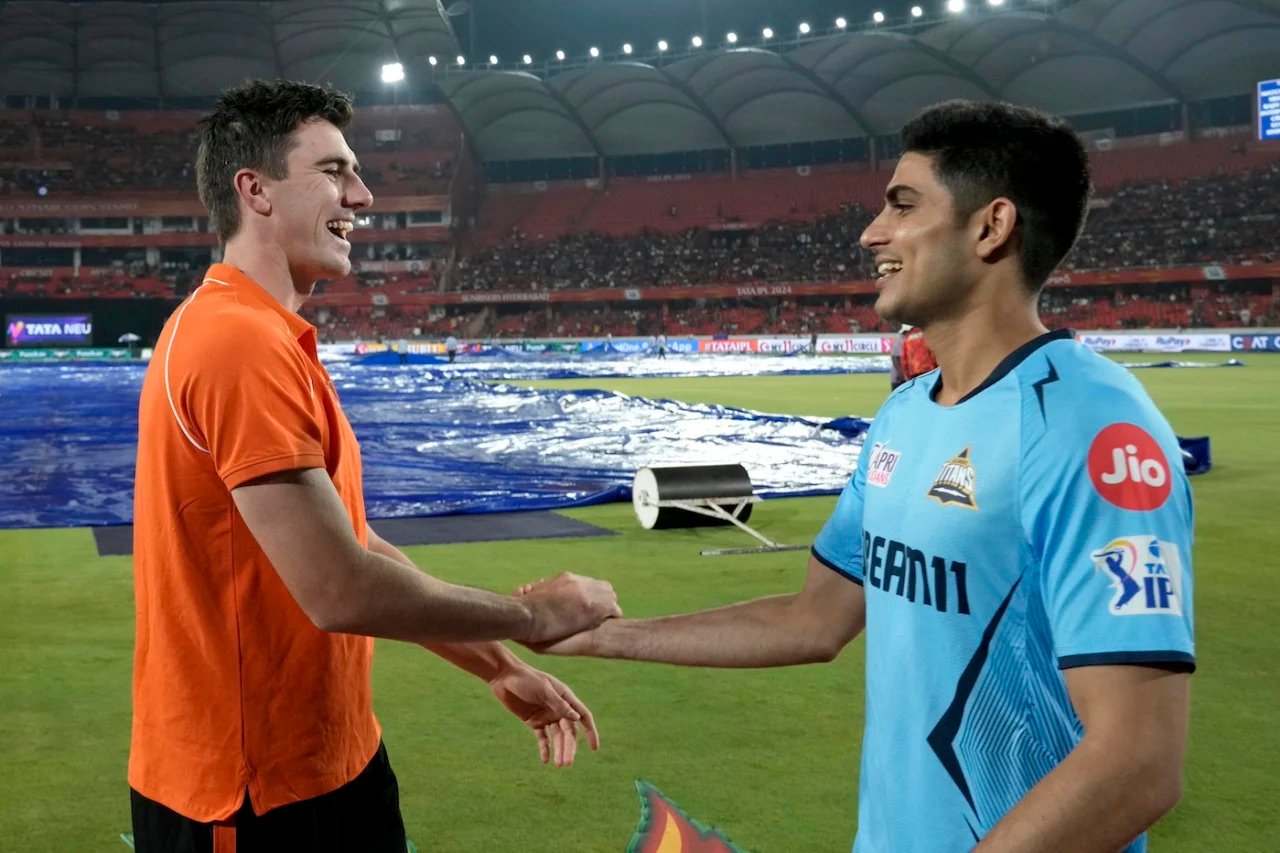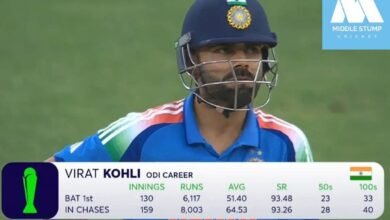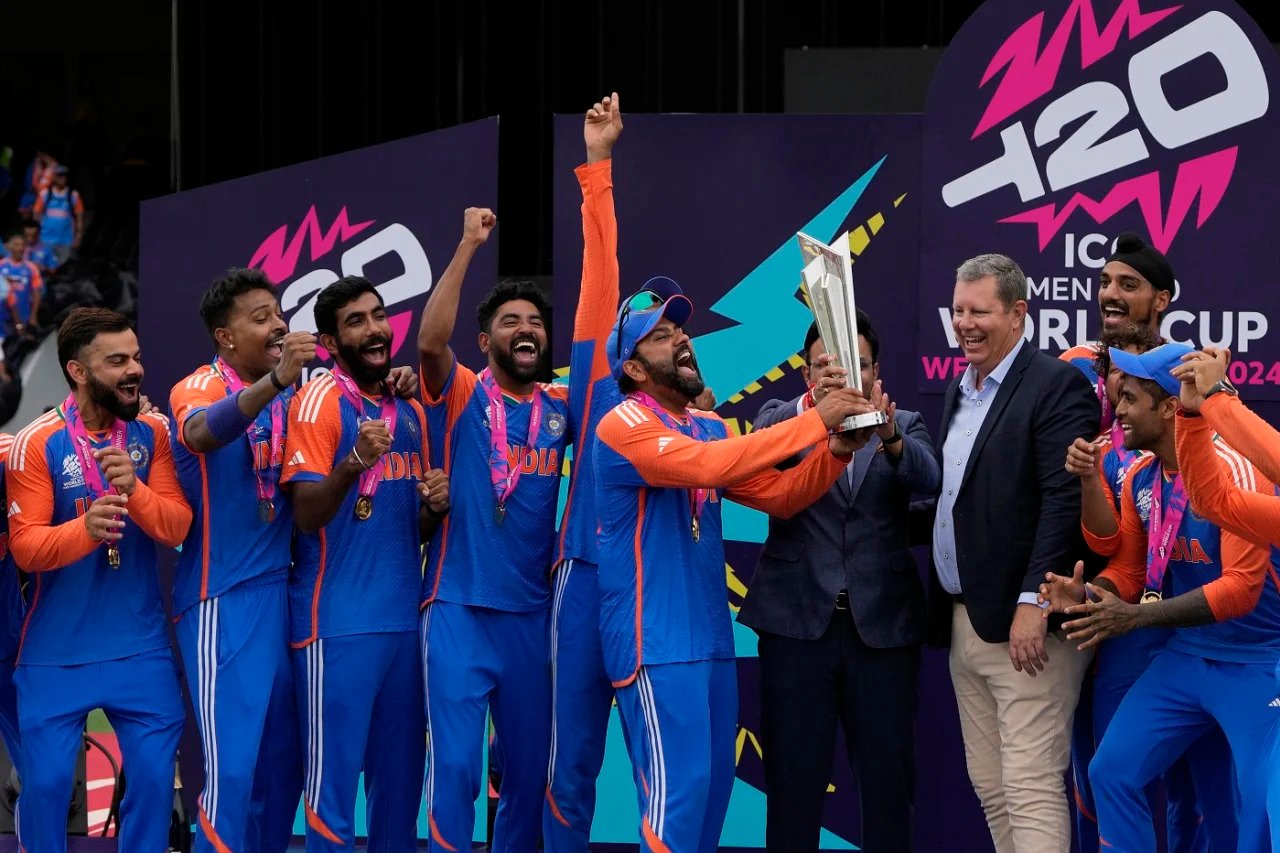The IPL 2024 season is set to revolutionize decision-making on the cricket field with the introduction of the Smart Replay System.
The TV umpire and Hawk-Eye operators will work together in the same room under the new system, which also features more split screens, higher frame rates, and a less rigid workflow.
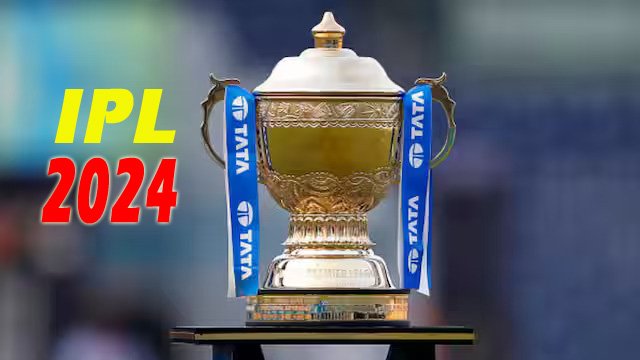
IPL 2024 will use the Smart Replay System to improve decision-making speed and accuracy.
As part of the Smart Replay System, two Hawk-Eye operators will be seated in the same room as the TV umpire and will directly feed footage taken by Hawk-Eye’s eight high-speed cameras across the floor to him. Under the new arrangement, the TV broadcast director—who up until now served as a liaison between the Hawk-Eye operators and the third umpire—will not be involved.
It is claimed that the TV umpire will have access to more visuals—including split-screen images—than they did in the past thanks to the Smart Replay System. Consider a scenario where the first fielder on the boundary rope makes a relay catch in midair.
A split screen of the fielder’s feet and hands at the exact instant the ball was caught was previously unavailable to the broadcaster. The umpire’s call on when the ball was caught or released, combined with synchronized foot footage, can be shown on a split screen under the new setup.
Similarly, in the event of an overthrow that goes for four, a split screen can now display whether or not the batters had crossed at the time the fielder delivered the ball (see the World Cup final of 2019 as an example of a specific use case). Previously, the broadcaster’s inability to combine the two photos prevented the TV umpire from receiving such crisp visuals.
At any given match, there are eight Hawk-Eye cameras: two on the square of the wicket and two on the ground’s straight borders. Prior to IPL 2023, ball tracking and UltraEdge were the primary uses for Hawk-Eye cameras. Therefore, for any on-field referral, the broadcaster mostly used footage from their own cameras, with the exception of inspections for lbws and edges. Referrals for stumpings, run-outs, catches, and overthrows were included in that.
The TV umpire may request to see the split screen from the Hawk-Eye operators in the event of a stumping referral under the Smart Review System. He will watch the side-on replay for the stumping instead of requesting the UltraEdge to determine if the ball was caught behind if there was a discernible gap when it passed the bat. The TV umpire will only use UltraEdge if he fails to observe a distinct gap between the bat and the ball.
The new technology will display TV umpire tri-vision for stumpings, which is essentially single-frame footage from both side- and front-facing cameras. The front-on camera angle is crucial because it provides a clear image of the bails being taken out.
In the past, the presenter would include footage from Stump Cam with the side-on views from each side. However, because Stump Cam records the action at a slower rate—roughly 50 frames per second—than Hawk-Eye cameras, which record at a faster rate—the umpires will have access to more accurate film for making their call.
Also Read: CSK Wins 2023 IPL Final to Crown Joint 5 Times Champions
Also Read: Mumbai Wins IPL 2020 to Crown A Record 5 Times Champion
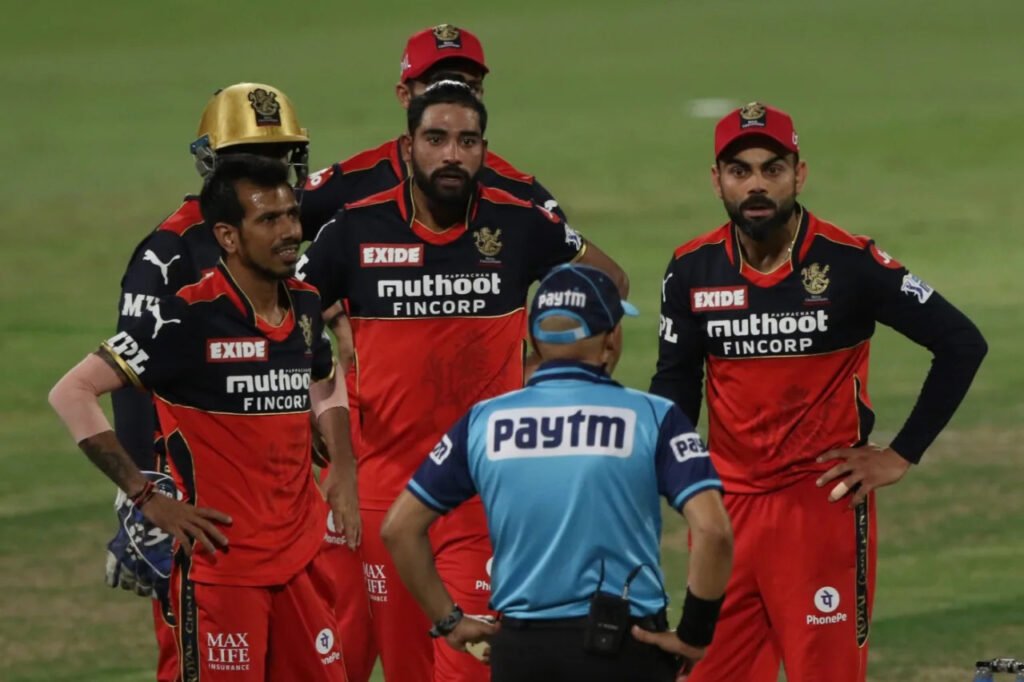
In the event that a catch is made just inches off the ground, the Smart Review System should also provide greater clarification. The TV umpire’s ruling in previous cases involving similar referrals has generated controversy since it appears that the video footage used to support the decision was inconclusive.
In order to determine whether the ball bounced before the fielder pouched it or if the fingers were under the ball, the TV umpire would ask the TV director to provide him the best viewpoint possible under the previous system. Conclusive evidence was not usually provided by even the magnified sights.
Hawk-Eye will now display a single frame instantly with images from both side-on and front-on views under the Smart Review System. Subsequently, the TV umpire has the option to select a certain zoom angle.
It is acknowledged that the TV umpire’s and the Hawk-Eye operator’s talks will probably be shown live, giving viewers a better understanding of the reasoning behind judgments.
In Twenty20 cricket, speed of play is crucial. To make the best choice in the shortest period of time, the Smart Review System skips over pointless procedures. Lbw reviews are a prime illustration. According to current policy, the TV umpire will first be given access to Spin Vision, which is derived from a camera placed in front of each side of the pitch’s wickets outside of the boundary.
The TV umpire would then request that UltraEdge be checked if the ball was near the bat. He would examine ball tracking once he was certain there was no bat involved. Ball tracking will be given priority by the TV umpire under the Smart Review System if the Hawk-Eye operator notices that the ball was pitched outside leg.
A comparable referral procedure was previously tested by the ECB in the Hundred.
Selected umpires attended a two-day session on the new system held in Mumbai on Sunday and Monday by the BCCI. It has been discovered that during the 2024 Indian Premier League, which begins on March 22, about 15 umpires—including both foreign and Indian umpires—will utilize the Smart Replay System.

